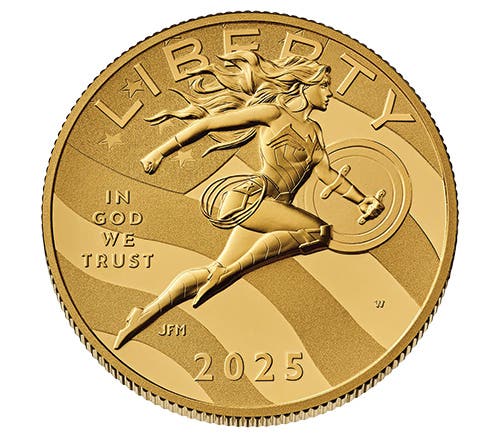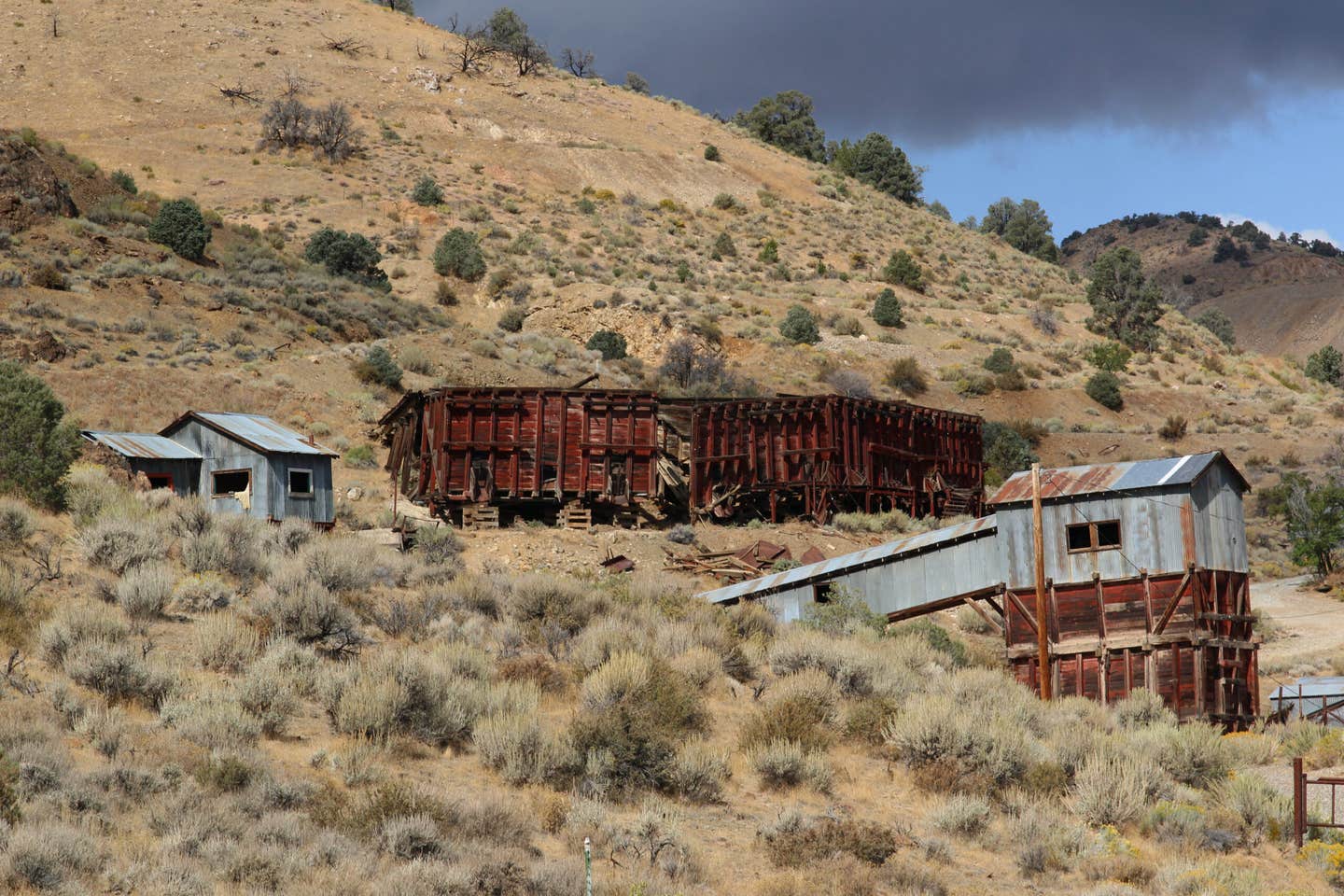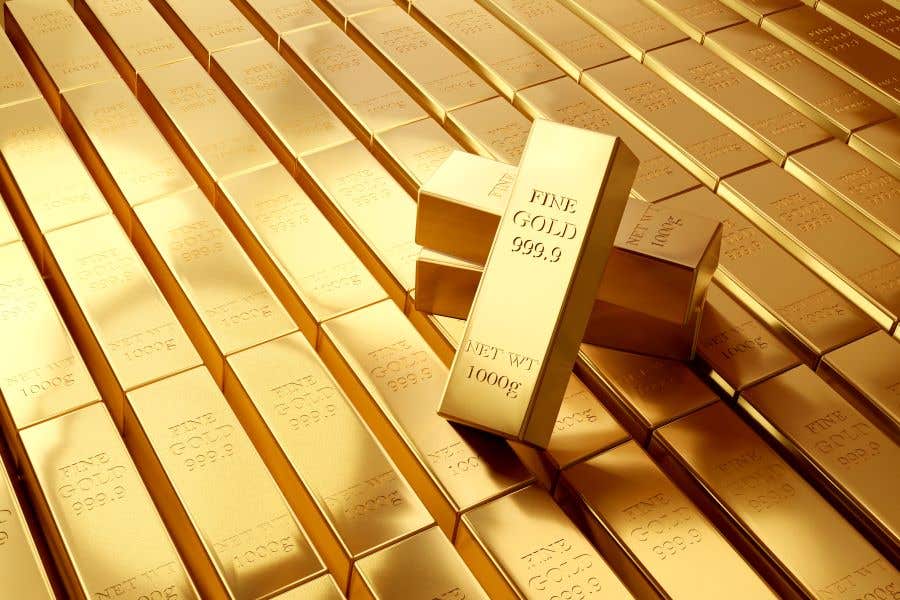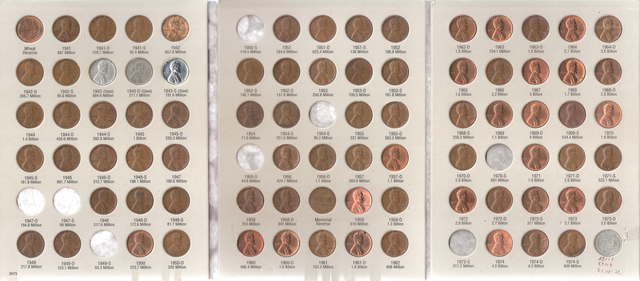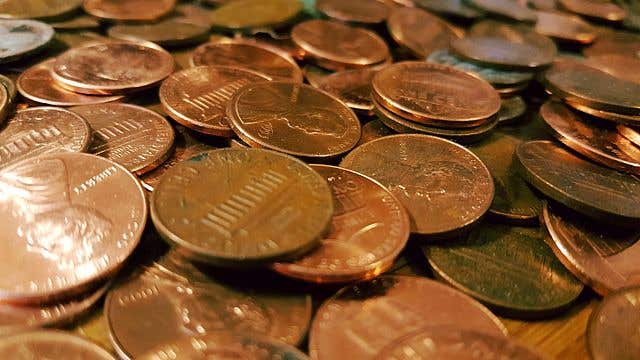Will U.S. Mint Melt Down Older Lincoln Cents?
As penny production ends, collectors and hoarders alike wonder what’s next for billions of U.S. cents still in circulation.
Within the past week, the U.S. Mint confirmed that it had made its final order for cent blanks. When those are struck into coins, the Mint will no longer produce cents for circulation.
What will happen with the 400 billion copper-coated zinc cents struck since 1982 or the 150 billion almost pure copper Memorial Cents struck from 1959 through 1982?
What will happen with all these coins now in the hands of the public? When the U.S. government stopped redeeming Silver Certificates for physical silver in 1968, a huge quantity of them were kept by people who thought they might become scarce rarities. They ended up taking huge losses because of the government's inflation of the money supply. Still, I expect people to once again hoard a significant percentage of these cents.
For a practical path for the future, consider what happened in Canada.
Canada ended production of its cents (officially referred to by the Royal Canadian Mint (RCM) as one-cent coins) on May 4, 2012, and stopped distributing them on Feb. 4, 2013. Cents dated 1982-2012 still have technical legal tender status in amounts up to 25 cents, though older cents tend to be treated as also being legal tender.
Businesses may continue to accept these coins voluntarily but are encouraged to round transactions to the nearest five cents. Virtually all Canadian businesses no longer accept cents in payment. Transactions settled by checks or payment cards can still be paid to the exact cent.
People can still deposit cents into their Canadian bank accounts for full value, and the bank returns them to the Bank of Canada to remove them from circulation.
However, on Jan. 1, 2021, Canada removed the legal tender status of its previously issued currency in the denominations of $1.00, $2.00, $25.00, $500.00, and $1,000.00. People can still deposit them in their Canadian financial accounts for full face value, where such notes are also returned to the Bank of Canada to be removed from circulation.
The U.S. government could follow a similar pattern to what was done in Canada and previously in Australia, New Zealand, and Sweden when those nations discontinued using their 1-cent, 2-cent, 1-ore, and 2-ore coins.
A conundrum exists in the U.S. where the metal value of copper Lincoln Cents struck up to 1982 has a metal value of more than 2 1/2 cents. It is illegal for Americans to melt them down except for personal projects such as making them into jewelry. Similarly, it is illegal to hand carry more than $5.00 face value of U.S. cents and nickels outside of the country or to export more than $100.00 in a package.
If Americans at some date can no longer use cents in everyday commerce but still can deposit them into their financial accounts, a massive quantity of the copper Lincoln Cents struck up to 1982 would be returned to the Federal Reserve Banks. Couldn’t the U.S. Mint then melt down these coins to profit from their higher metal value? Although I have not yet heard of any such plans, don’t be surprised if it happens within the next decade or so.
Last column’s numismatic trivia question.
Last time, I asked— Which U.S. president appears on the greatest number of types of U.S. coins? The competition isn’t even close; George Washington is depicted on seven U.S. coin types. He first appeared on the 1900 Lafayette Commemorative Silver Dollar. Following that, he appears on the 1926 Sesquicentennial of American Independence Half Dollar, the 1932 and onward Washington Quarters, the 1982 George Washington 250th Anniversary of Birth Half Dollar, the 1991 Mount Rushmore Golden Anniversary Half Dollar, the 1999 George Washington Death Bicentennial $5.00 Gold, and the 2007 George Washington Presidential Dollar.
This week’s trivia question
Here is this week’s question. Here is this week’s question. Which U.S. president appears on the greatest number of denominations of U.S. currency? Come back next week for the answer.
You may also like:




